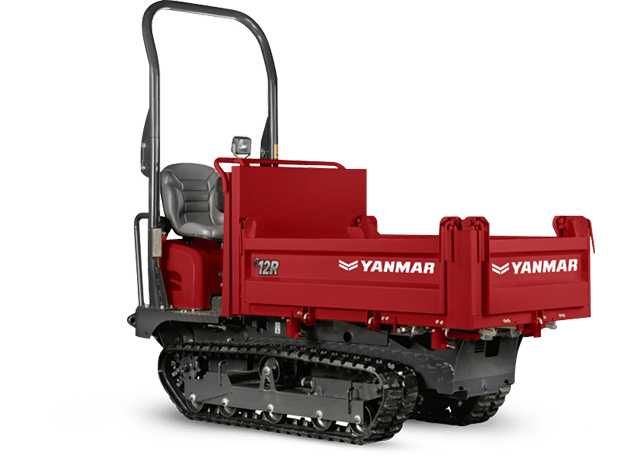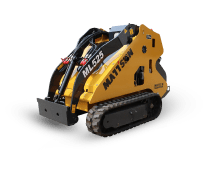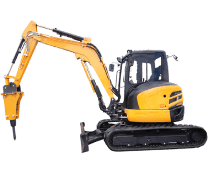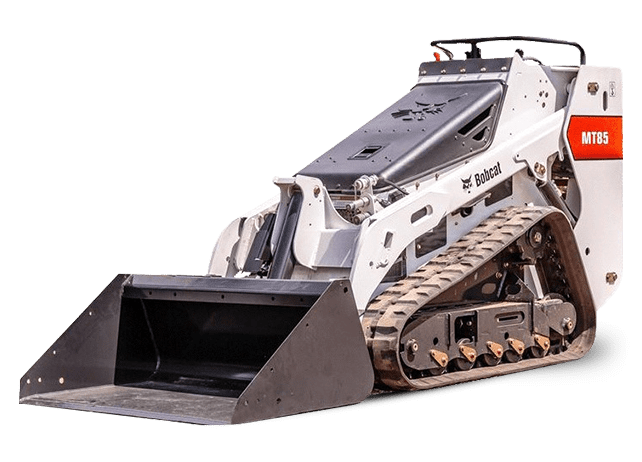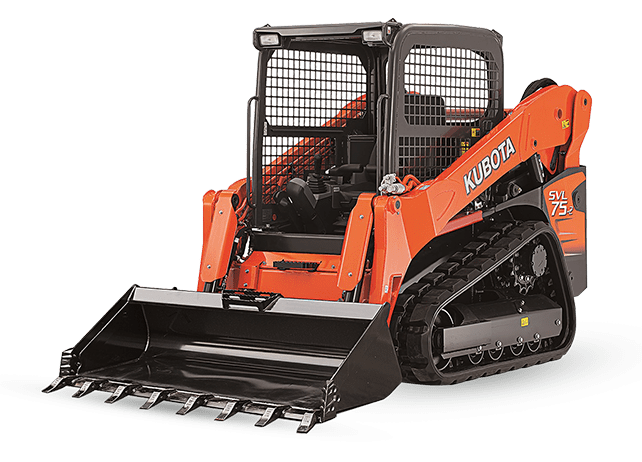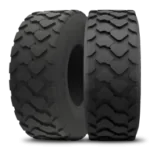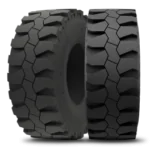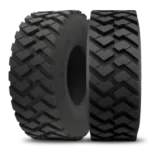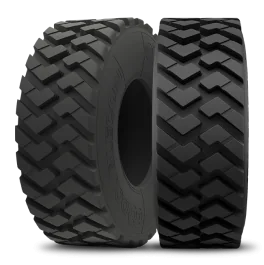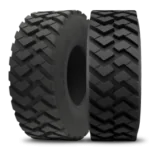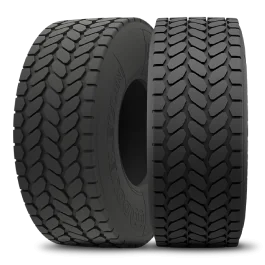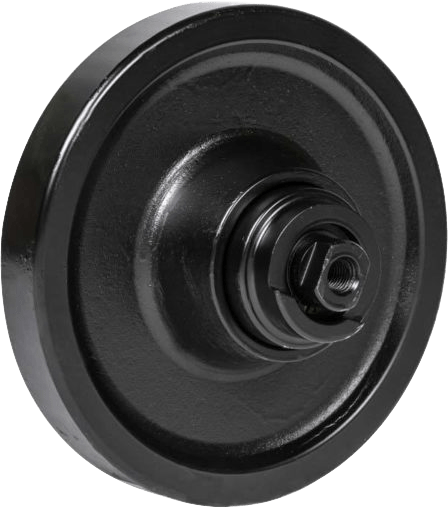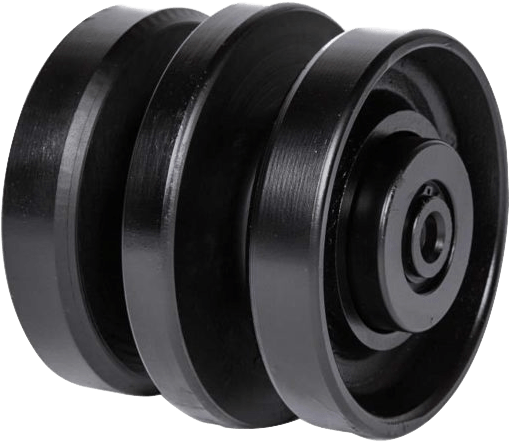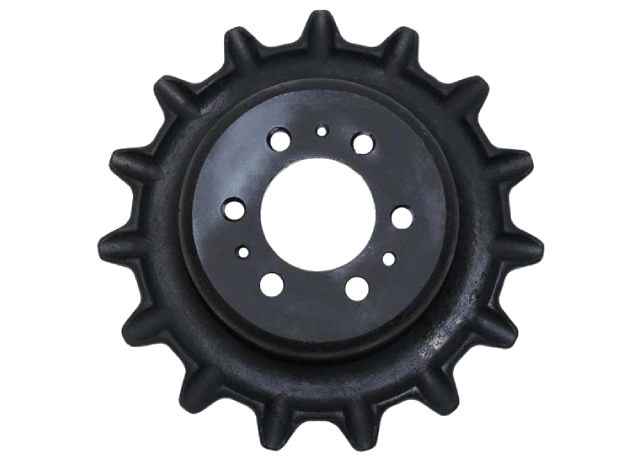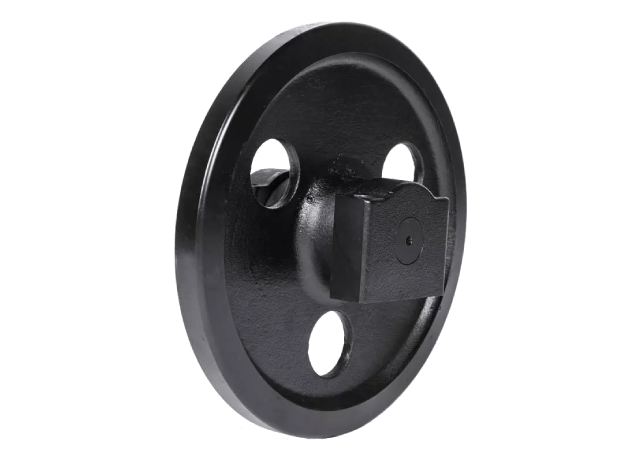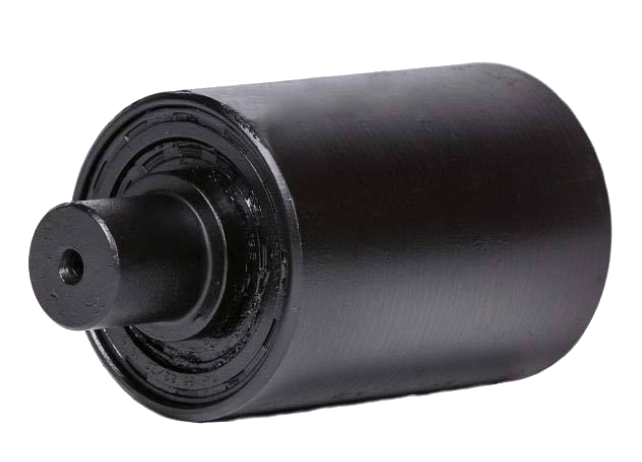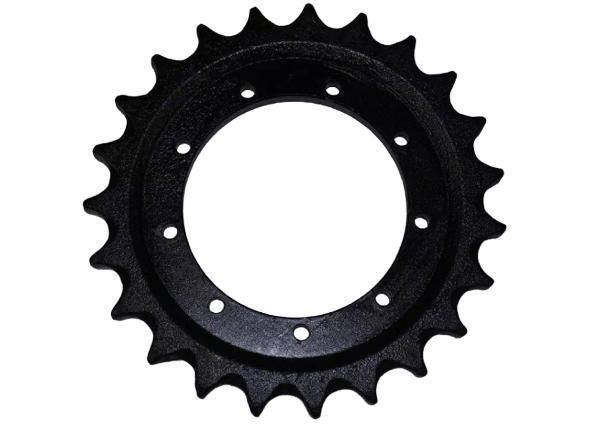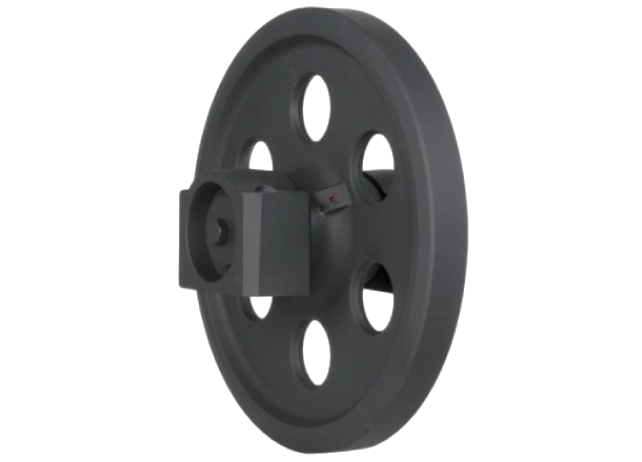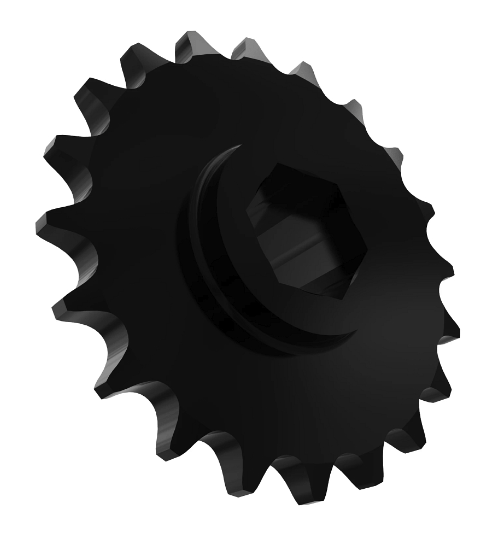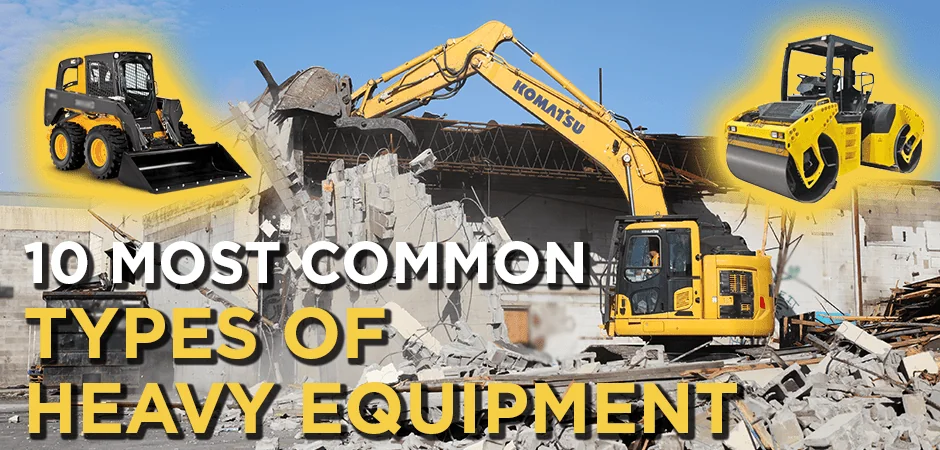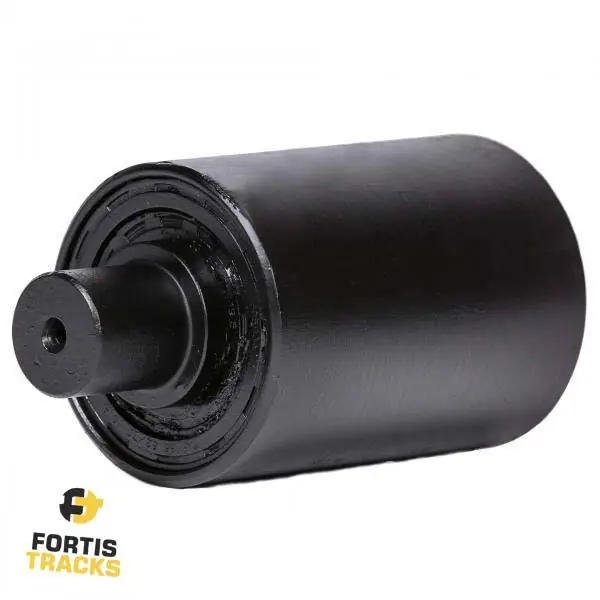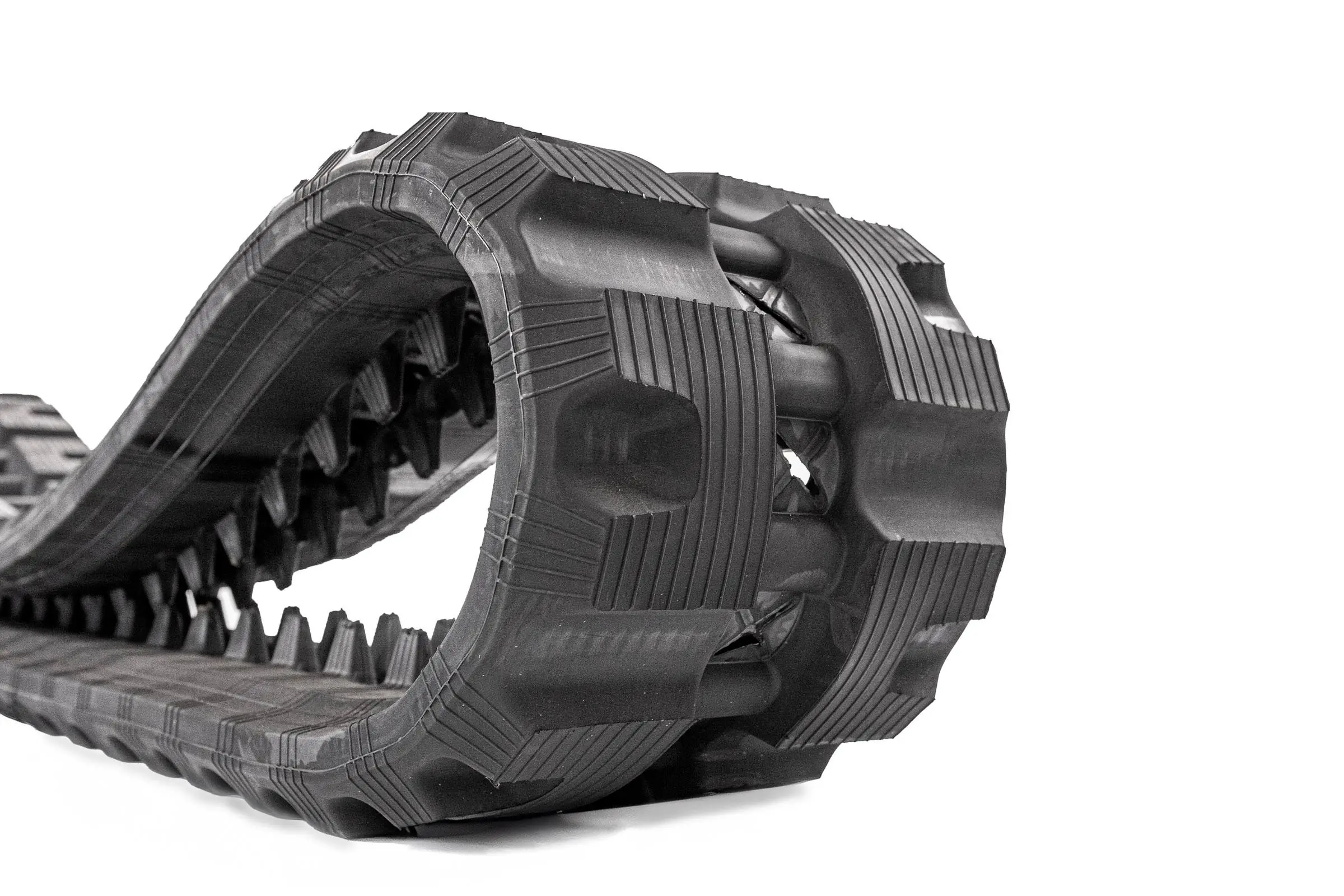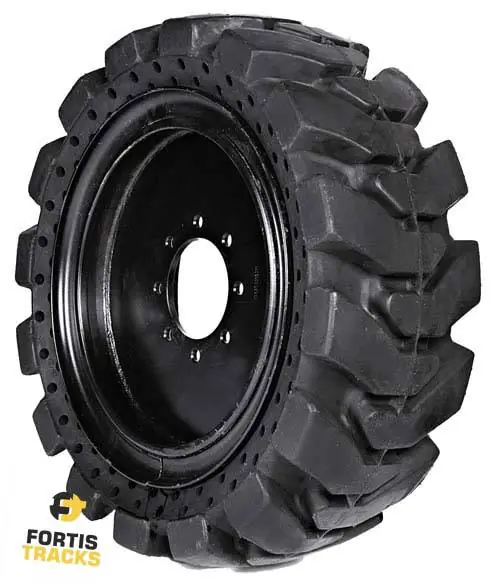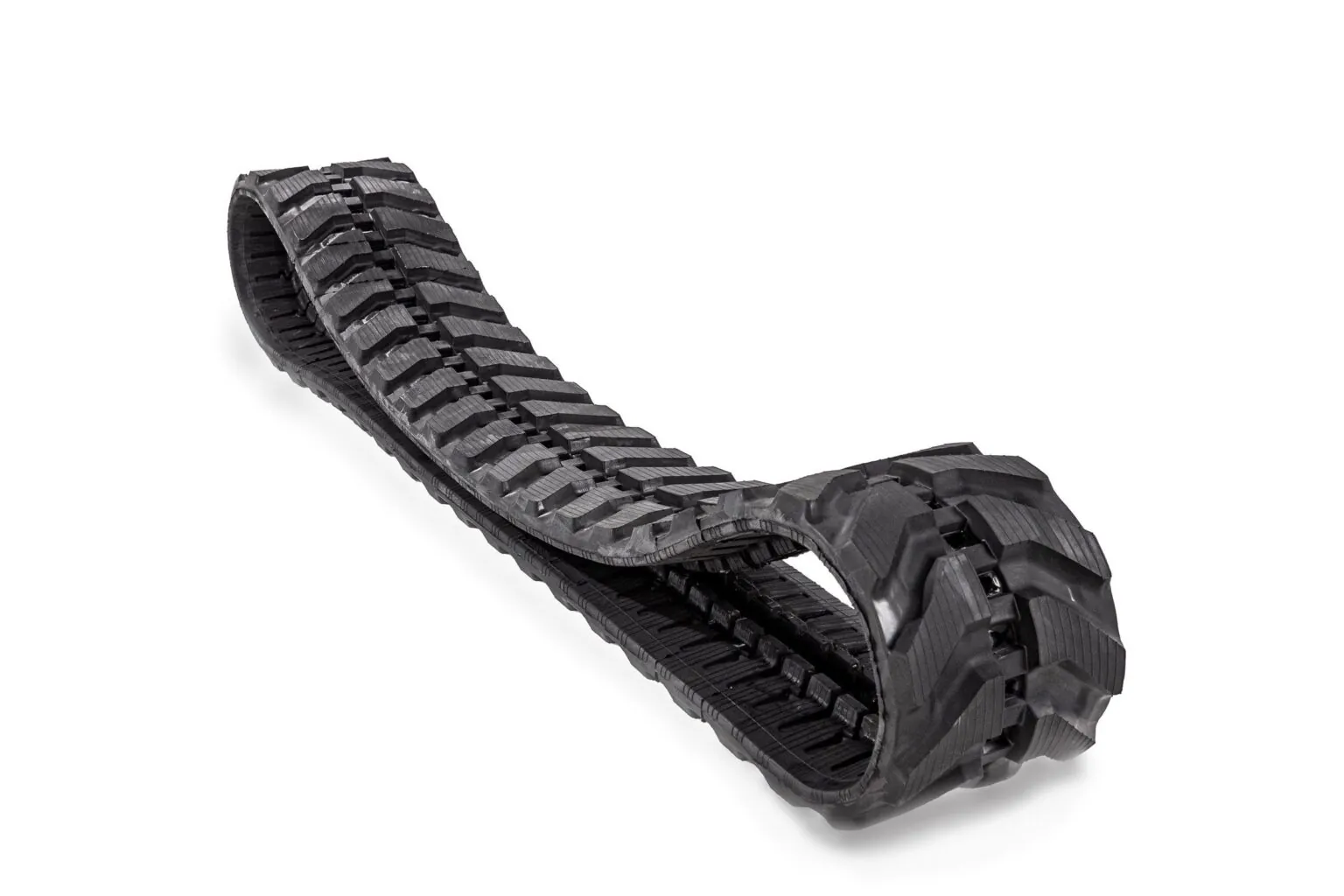Whether you are working at a residential or commercial construction site, finding the right construction equipment for each task will make your work so much easier and safer.
Heavy construction equipment are machines used in a construction site to perform tasks like earthmoving, lifting, hauling, crushing, leveling, grading, digging, and excavating.
There are so many types of equipment used on a construction site and while some of these types of equipment are specific in their use, others are fitted with attachments that allow them to multitask.
In this construction equipment guide, we will take you through some of the most common types of heavy equipment used in construction and their uses to help you find the right equipment for the job.
Table of Content
Compactors
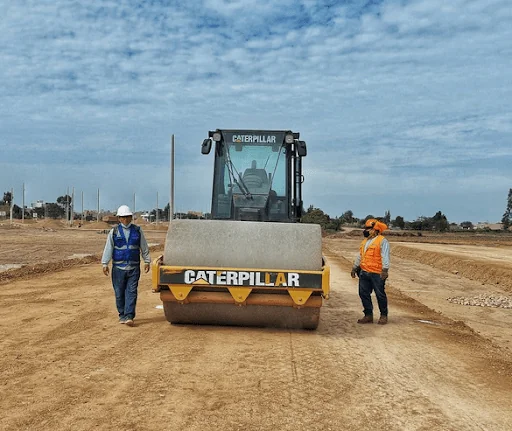
Compactors are machines used to level a surface through crushing and compacting. You can use a compactor in industrial applications as well as in landscaping projects to flatten soil, sand, and gravel.
There are three types of compactors:
- Plate compactor
- Jumping jack
- Road roller
A plate compactor uses a large vibrating base plate to crush and compact the surface into a level, while a roller compactor uses rollers to compact crushed rock to create a base layer for slabs, stone, or concrete foundations. A jumping jack is often used in narrow trenches.
Backhoe Loaders
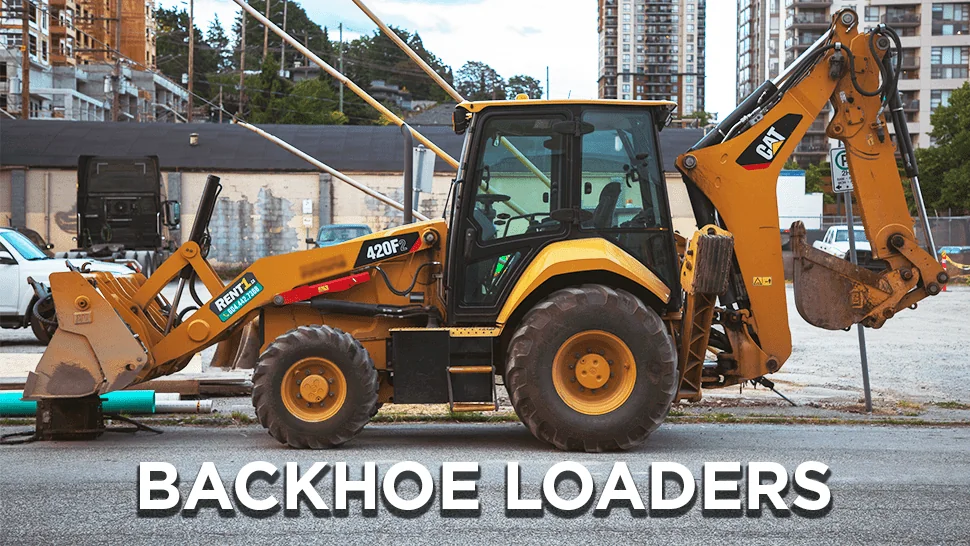
A backhoe loader is a three-in-one piece of equipment. It can be used as a tractor, a loader, and a backhoe. The loader is located at the front while the tractor is at the center which is the central point of operation, and the backhoe is at the back.
A backhoe can handle quite a number of tasks in construction, including hauling, light excavation, and even landscaping.
You will mostly only use the loader and the backhoe on a construction site. You can use the loader to pick up and transport loose material, push debris, or smooth things over on a surface but not complex tasks like digging.
The backhoe is the major component of the backhoe loader and its primary tool. You can use it to dig up hard surfaces, pick and drop heavy loads, and compact material like soil.
The loader and the backhoe work in tandem. You dig up trenches or ditches with a backhoe and then use the loader to backfill.
On the other hand, the tractor part is what moves the two parts from one place to another. It is also used to maneuver the loader and the backhoe.
Asphalt Pavers
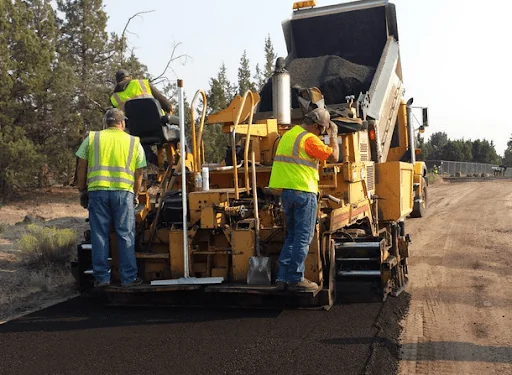
Asphalt pavers are used to disperse hot asphalt mix across a graded or leveled surface. They also level and roll the material flat using a hydraulic cylinder to create a solid surface that you can walk or drive on.
Asphalt paver has two main systems; the tractor and the screed. The tractor features a material feed system where the asphalt mix is loaded into and then carried to the back, where the augers will spread it out. The screed is purely used for compaction and works in a way that it automatically strikes off at the desired thickness.
This machine works alongside a dump truck that carries asphalt material into the paver, as well as a compactor that compresses the material underneath the ground that forms the base layer.
Asphalt pavers can be used to lay asphalt in homes, roads, driveways, recreation sites, parking lots, and every other place that asphalt can be laid.
Depending on the application, you can find an asphalt paver with different speeds and widths.
Motor Grader
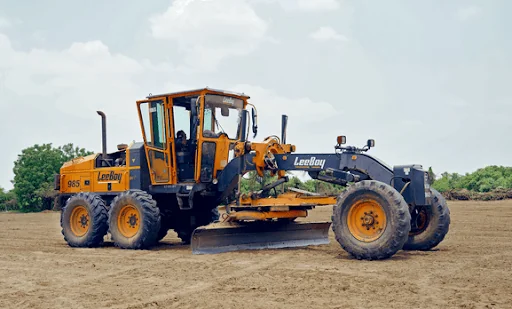
A motor grader is used along with the asphalt paver. It is used to create and level up the surface for the asphalt to be spread on. Motor graders are available in two options; rigid frame motor graders and articulated frame motor graders. As you can tell, the classification is done based on the grader’s frame.
Telehandlers
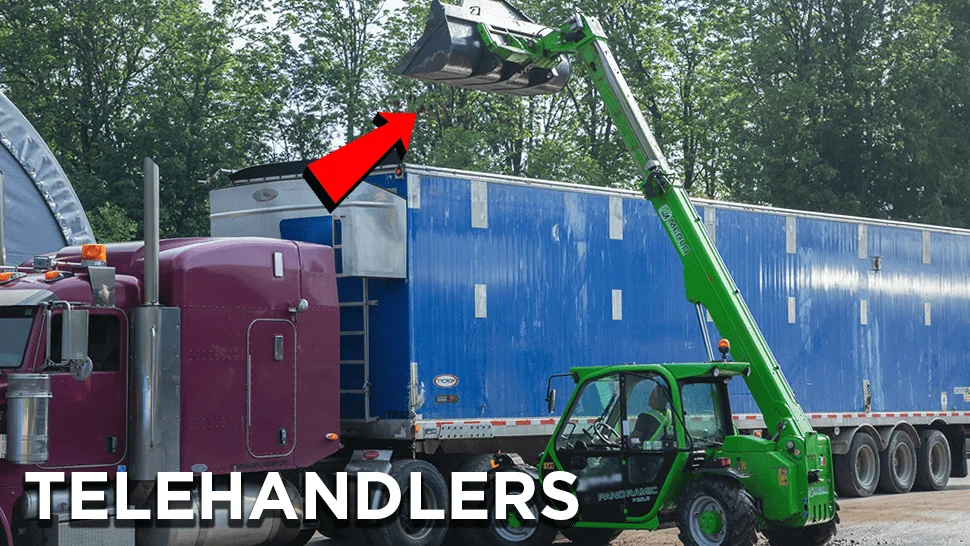
Telehandlers, also referred to as telescopic handlers, are lifting machines used for lifting heavy materials and tools to high floors in buildings. They look more like forklifts except that they have a boom (which is why they also go by the name boom lift). The boom can be operated to extend forward and upwards which makes it very versatile. It can lifts loads to heights of up to 50 feet plus.
Apart from the boom, the telehandler can be fitted with several other attachments to perform other tasks depending on the design of the machine. Some brands allow more attachments than others. The attachments are fitted at the end of the boom.
Telehandlers are often fitted with a variety of lifting attachments and apparatus. The most common being the bucket grab.
Dump Trucks
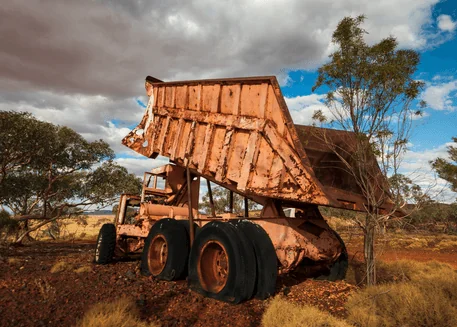
Dump trucks (or tipper trucks) are heavy duty machines used to move construction and renovation debris to the landfill or from one corner of the site to the other.
The trucks come with open-box beds that are fitted with hydraulic rams to allow the truck to dump wastes from behind the machine to the dumping location.
Compact Track Loaders
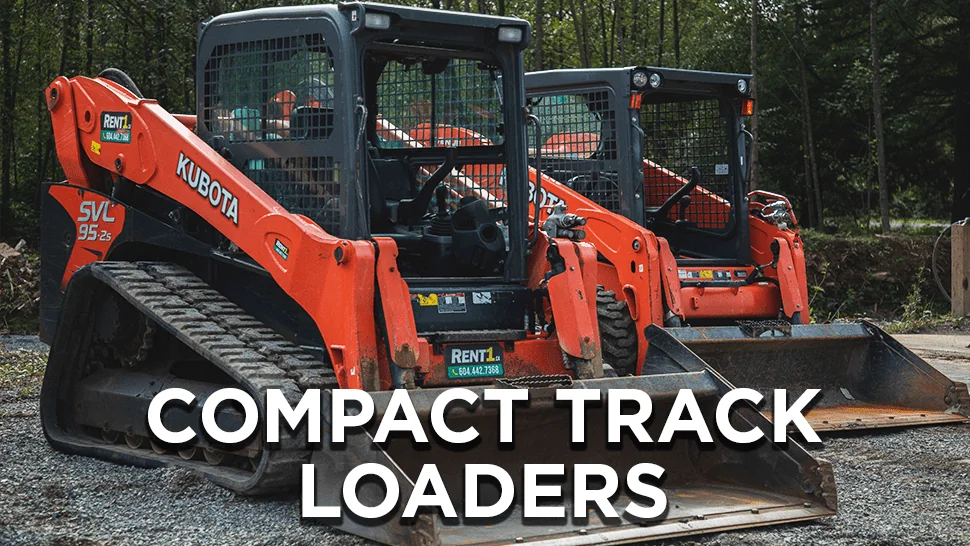
Compact track loaders (CTL) are used to transport heavy materials to construction sites. Unlike the multi-terrain loader, the compact track loaders are better suited for more challenging terrains like muddy, sandy, and wet grounds, generally, surfaces that need to be handled with care.
Compact track loaders offer so much versatility and work similarly to multi-terrain loaders and skid steer loaders. They do less damage to surfaces and have better maneuverability, especially on wet and muddy grounds.
Unlike their wheeled counterparts, CTLs have a great weight distribution and far much better stability regardless of the surface.
Compact track loaders can be fitted with different attachments to adapt them to certain jobs. The possibilities of what the CTL can do are far-reaching. They can be used for loading and hauling materials, snow removal, stump grinding, tree removal, surface grading, and trench digging.
Skid Steer Loaders
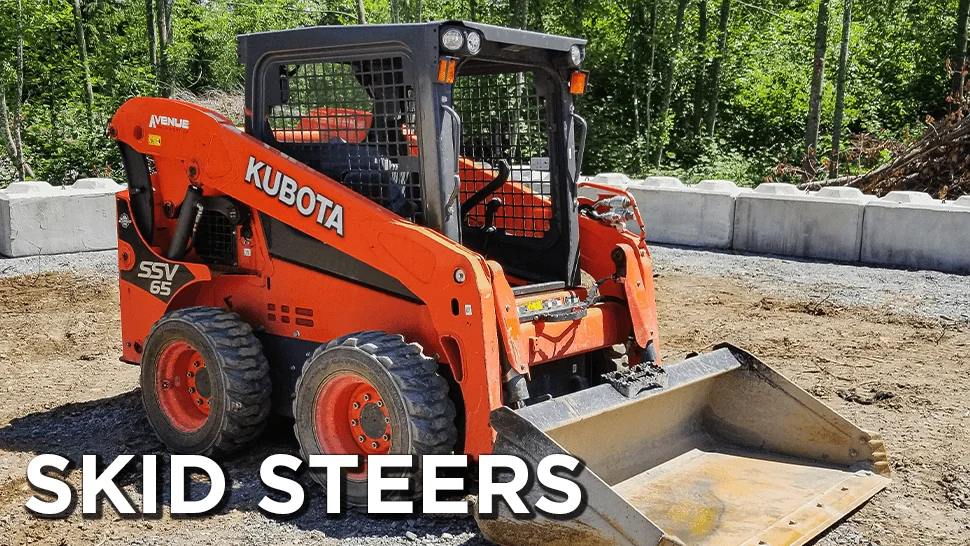
Skid steer loaders are much similar to compact track loaders except that they are best suited for harder surfaces. Most popular skid steers like the John Deere, Caterpillar and Bobcat can be fitted with different attachments to perform nearly any type of project.
For instance, you can do land clearing, landscaping, excavation, demolition, roadwork and even site cleaning with a skid steer loader.
To get the most out of your machine, you have to take care of the skid steer tracks.
Excavators
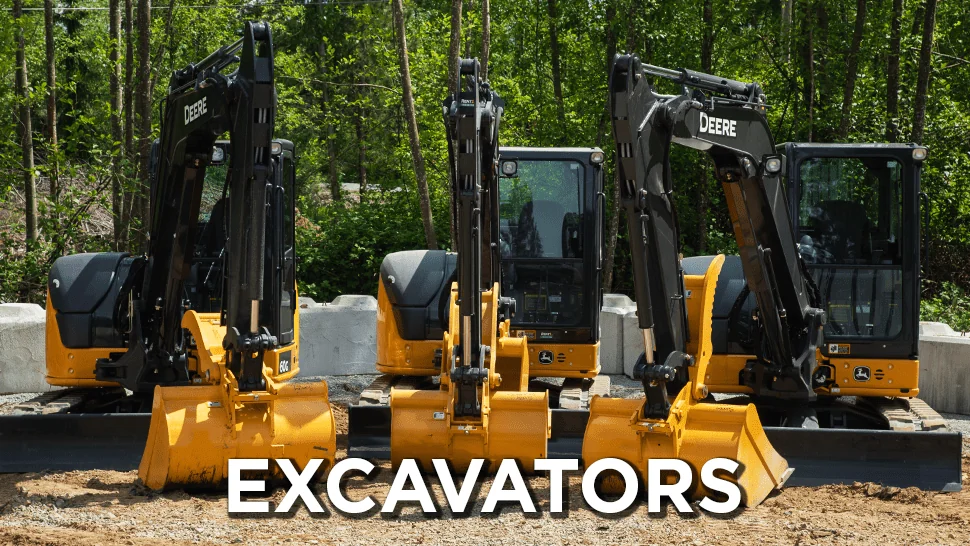
If you walk into any construction site, chances are there will be an excavator. That’s because these machines are highly adaptable and versatile. They are ideal for both commercial and residential projects.
Excavators can be used for excavating, hauling, and demolishing – among other tasks. The tasks vary according to attachments or whether it’s a wheeled or tracked excavator. Excavators are classified according to size and come in three main categories:
- Mini Excavators: Ideal for small-scale projects like home constructions and landscaping because of how well they navigate in small spaces.
- Medium Excavators: Ideal for medium to large size home renovations, home, and commercial constructions. They do not take up much space as large excavators and navigate fairly well in spaces.
- Large Excavators: These are more robust and are suited for large-scale and high-volume operations.
Dozers
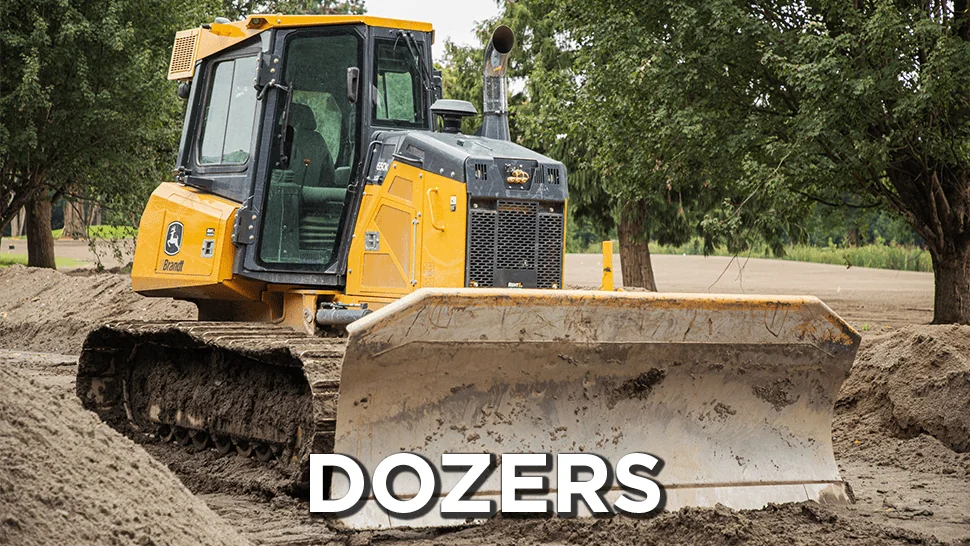
Bulldozers, also known as crawlers, are strong machines and key equipment in construction. They are mainly used to remove the top layer of soil to a particular depth, remove rock strata as well as lift weak soil. They can also be used to push, excavate and level debris and soil.
The dozer is fitted with a sharp-edged metal plate located at the front. The plate is lowered to the ground using a hydraulic piston and raised up using the same hydraulic system.
Because of their design, bulldozers can be used in a variety of terrains.
There are different types of dozers based on tires/tracks, blades, and rippers. There is the wheeled bulldozer, crawler bulldozer, and mini bulldozer.
To Buy Or Rent Construction Equipment
Both are valid options but the rule of thumb is that if you don’t use a piece of equipment more than 60% of the time, rent it out. Only buy or lease a piece of equipment if you use it very frequently. This is because the responsibility, let alone the cost of purchasing and maintaining heavy equipment, can be quite a lot. You have to consider costs of equipment management, storage, transport, and logistics as well as finding a professional operator. Buying requires one to look at so many factors that, if ignored, can be costly. Renting is easier because the bulk of managing and maintaining the equipment is left to the rental house.
However, you have to consider the consequences of not being able to get equipment when needed. You could lose out on a job or miss out on timelines which can also be costly.
While buying is the ultimate goal of every serious construction company, renting makes the most sense when starting out as it allows you to gain the experience of using different equipment as you make head-to-head comparisons before finally deciding whether it’s purchasing is a worthy shot.
Another consideration that weighs in favor of renting, is if you have a reliable rental construction equipment supplier who can make sure that you get equipment immediately you need one.
If you do not go the renting route but are working with a limited budget, you could consider buying used construction equipment. You can get good deals at construction equipment auctions.
![]()
Check out more articles on our FortisHD blog to learn more about repair and maintenance of heavy equipment.

